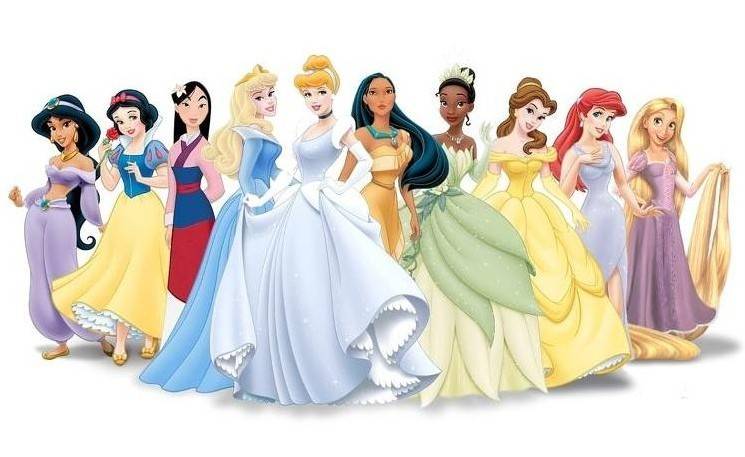princesses and heroes: a world captivated by a fairy tale dynamic

When it comes to love, Walt Disney’s films carved a legacy that has become universal; one that often preaches the merits of “true love’s kiss”. But is Walt’s message of kindness and love doing more harm than good? Does it impose gender stereotypes on children, leaving the most vulnerable to soak up this gendered ideology?
It is simplistic to argue that all Disney films preach the message of a hero saving the damsel in distress; however, Disney often does revert to this very simplistic concept of romantic love. These old-school films raise a number of issues that awaken one’s inner feminist.
*
Issue One
Disney portrays all love as straight, showing a traditional heterosexual dynamic between men and women. The failure to give equal representation to same sex couples is objectionable. However, it seems to appear reasonable to Disney to hint at interspecies’ sexual relations by pairing beauties with beasts and princesses with frogs. In this way it places sexuality within a realm of fantasy, while at the same time maintaining a heteronormative paradigm.
Issue Two
Disney once again shies away from examining other forms of human love by showing few, if any, strong female relationships within the princesses’ lives. The Little Mermaid’s leading lady, Ariel, counts Flounder the fish as her closest friend, and Belle from Beauty and the Beast indulges in a heart-to-heart with a candlestick. The media franchise powerhouse chooses to emphasise women’s relationships with animals and household objects over loving female relationships (although to be fair, Aladdin did have a carpet and a lamp).
Disney takes the lack of ladylove a step further by showing the Evil Queen trying to murder Snow White in an attempt to become the most beautiful woman in all the land. These storylines pit women against each other, telling children that the highest goal women can hope to achieve is beauty, but not vanity.
Issue Three
Inherent within Disney films is the moral that all love is easy, once you overcome an outside obstacle. These obstacles often manifest as powerful authority figures such as a father or witch who prevents the union between princess and prince. Disney teaches that it is the outside world that causes rifts and difficulties in the development of “real love”, not you or the person sitting across the dinner table.
Disney perpetuates the idea that there is one person to be found who, once found, will cause all your troubles to disappear. Sleeping Beauty woke up from an indefinite coma because the right boy kissed her. So why can’t true love’s kiss save you from your financial difficulties, a terrible taste in clothes, or the frightening meaninglessness of life that plagues you at four in the morning?
Issue Four
All love is virginal and pure. Women don’t have ex-boyfriends or lovers – they’re too busy braiding their hair and talking to frogs or sparrows.
Issue Five
Only beautiful people meet their prince, otherwise you’re scorned to a life of being the ugly stepsister (cat lady, anyone?). Men like the Beast, on the other hand, have an opportunity to win over the lady with kindness of heart and heavy-duty locks.
Issue Six
Above all else, being a youthful woman with an air of innocence is the key to finding true love. We rarely see a princess over 35 with a career and mortgage.
Issue Seven
Perhaps the most distressing theme throughout Disney films is that female characters are often passive. Cinderella endured an abusive life until the Prince saved her. Belle was locked in a castle until Stockholm Syndrome set in, and Snow White cooked and cleaned for dwarves until her beau wifed her.
Nevertheless, there are exceptions in the later Disney films. Mulan is truly fearless. She challenges gender norms and goes after what she wants, rescuing her father and love interest along the way. Rapunzel is equally spunky in Tangled, wielding an unruly weapon in the face of danger. Her weapon was a frying pan, but bonus points for trying!
*
The Disney legacy is anachronistic: it shouldn’t be hailed as a simpler, more romantic alternative to reality, but rather a past chapter in a patriarchal storyline. The sad thing is that many people live their lives simultaneously looking for and trying to become these “ideal” and “idealised” characters. Disney equally plagues men and women, essentialising binary characteristics whereby a “good” woman is emotionally caring and a “good” man is able to rescue.

